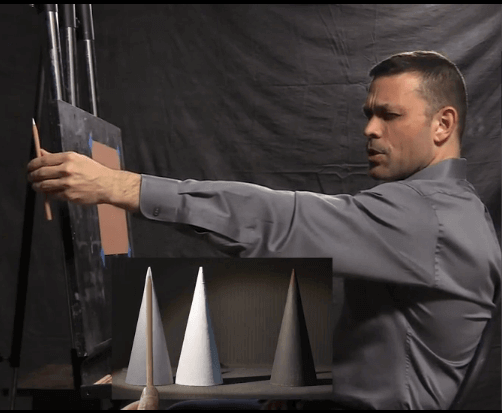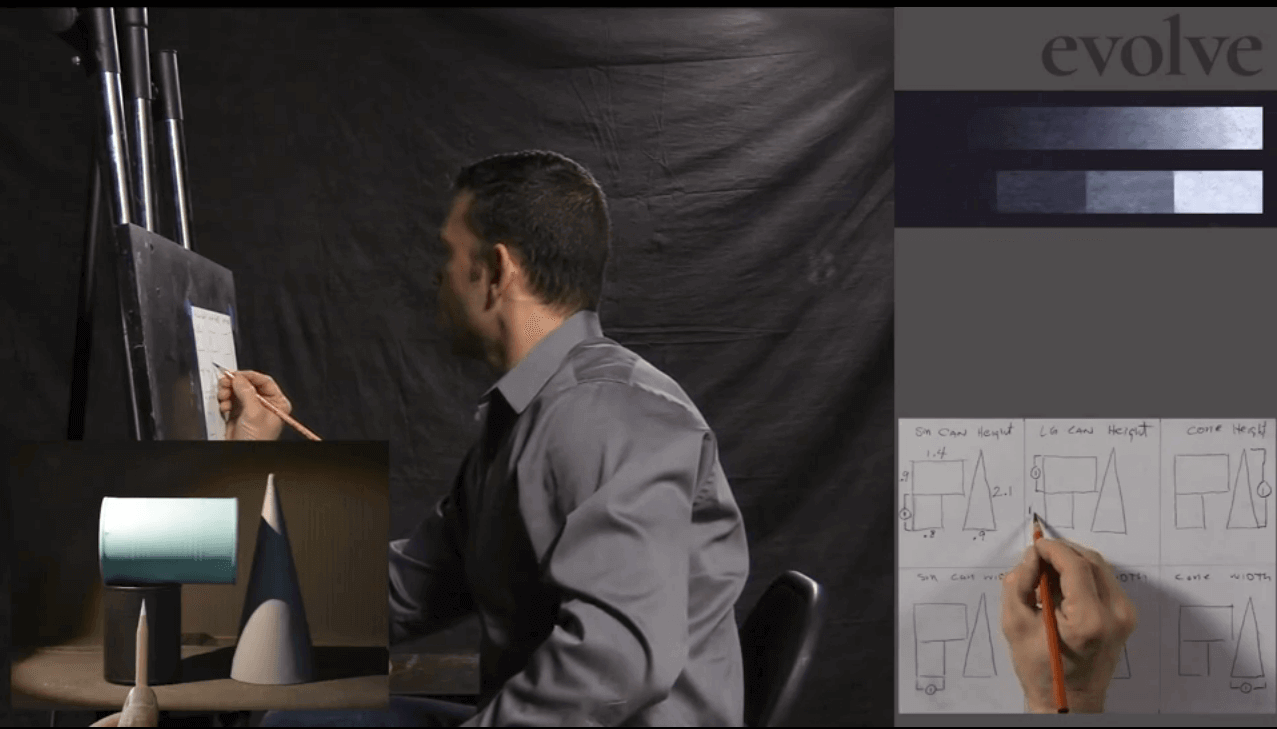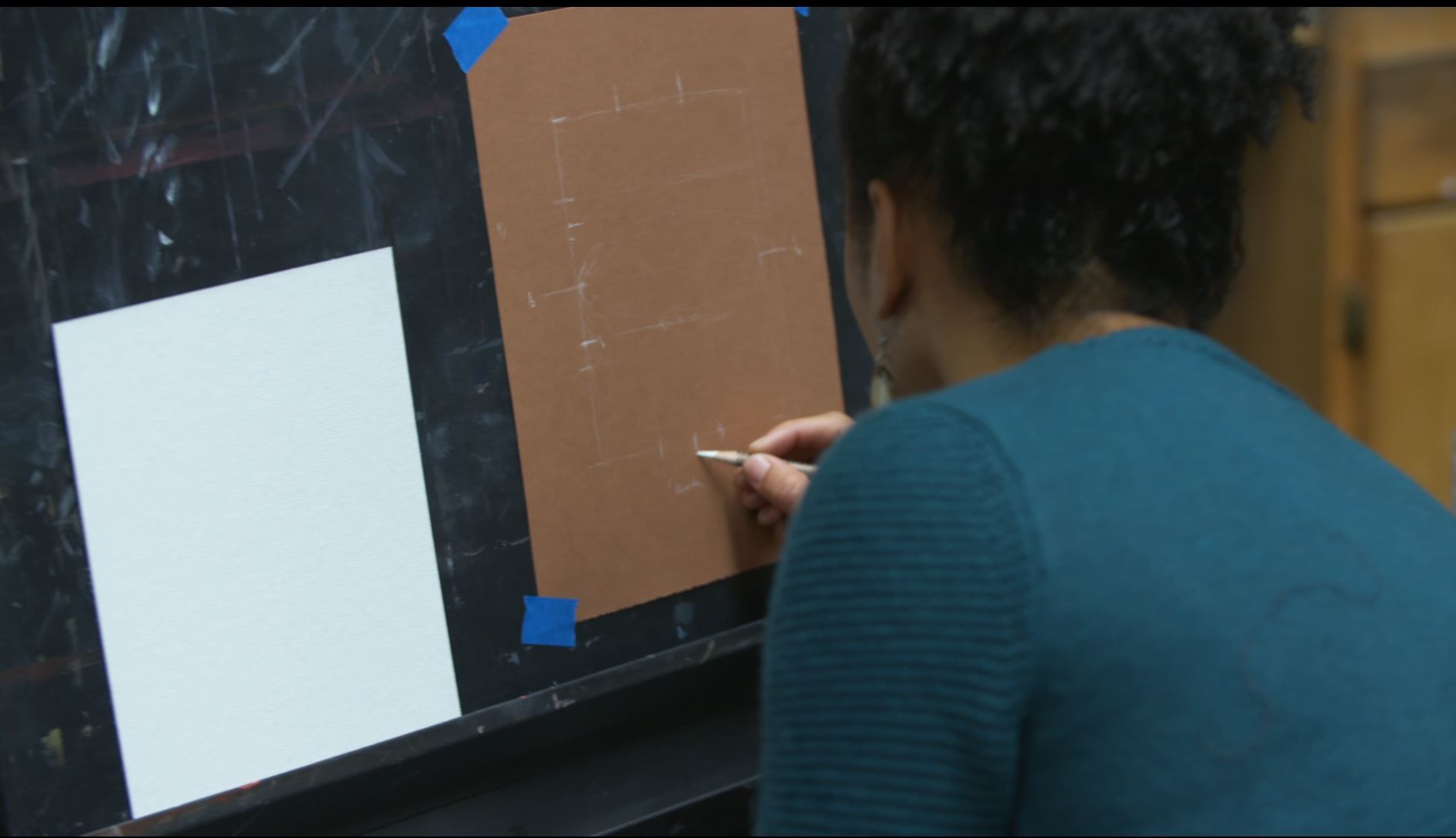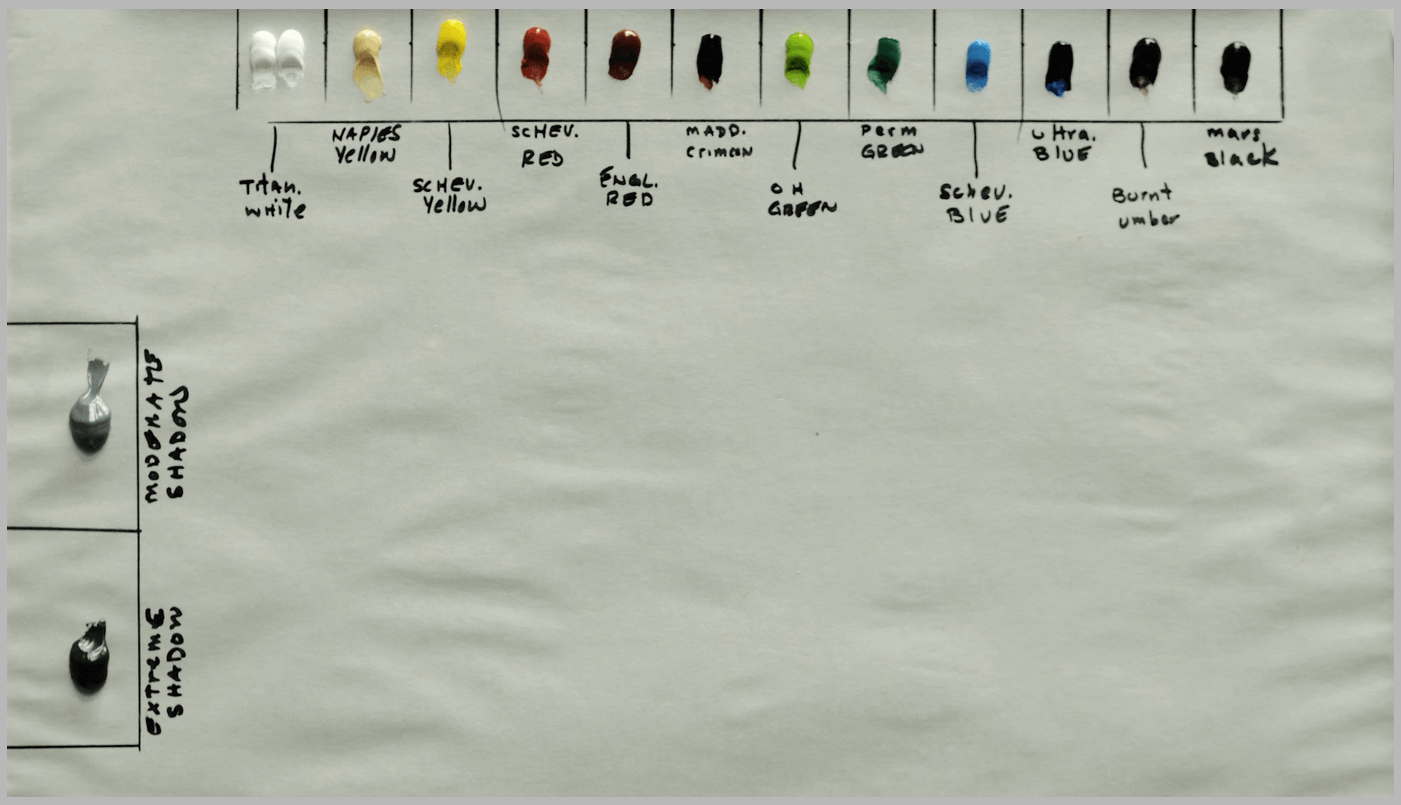“Being able to draw what you see is the ultimate skill. Each Evolve student learns to paint from photographs and real life.”
-Kevin Murphy
More...
In this video Piper explains how to measure and draw three objects of varying complexity using the proportional drawing method.
What is Proportional Drawing?

Do your drawings look out of whack? There are different drawing measuring techniques however, we like to focus on proportional drawing because it helps create accurate drawings. This technique (which is broken down in detail in the Evolve curriculum) uses a standard unit of measure to compare various objects within a scene. Check out 0:56 seconds into the video above to see Piper finding a standard unit of measure for a simple drawing.
How long does it take to learn to draw proportionally?
All Evolve students spend time measuring before actually tackling drawing proportionally. It's important to practice measuring and make sure your physical positioning is right before actually drawing. If you take a step forward, and draw before you can measure accurately, and that foundation isn't absolutely solid, it's not going to support what you put on top of it.

Our students spend an average of 5 hours only measuring before they begin to actually attempt a first drawing. Mastery of measuring and drawing basic objects is then gained over the course of about five days of practice. This is a skill that is honed over the course of an artist's lifetime.
Tip: It's best to start practicing measuring with a few different sets of three identical objects. You can set up the identical objects in various positions and know for certain that the measurements for each height and width should be the same. It might get boring if you are working with the same objects over and over again, so a little variety will help keep things fresh.
Posture While Drawing
When you sit down to work from direct observation you should sit straight up in your chair with your back firm against the backrest of the chair. A stool with no backrest is not going to be sufficient because little movements in your positioning will change the measurements from where you sit.
Why You Shouldn't Only Draw From Photos

Being able to render what’s in front of you without leaning on photographs is an invaluable skill. While completing drawings from photographs is an essential skill for artists, they also need to be able to draw from real life. Cameras can't capture the complete range of light and color that the human eye sees and photos replicated on computer screens are backlit. Trying to match oil paint colors with a backlit image won't work well as the colors will come out looking different.
That's all for now. Have fun drawing and don't be shy; if you have a question please feel free to leave a comment below.
Final Thoughts on the Drawing Measuring Technique: Proportional Drawing
The grid method, angles, and other methods can be used when objects become more complex and the student has begun to develop their eye and understanding of proportional drawing.
However, even if you use a grid, you still have to have a good eye in order to fill in each square properly. For students just learning how to draw and paint from life, this can be quite difficult. That is why we recommend starting with simple objects and using the measuring technique of proportional drawing to find relationships between the objects to then draw them based on those relationships.
So, other methods are great to use but by starting with the drawing measuring technique of proportional drawing will make other methods used much more manageable.
FREE MASTERCLASS:
The 4 Part Framework to Develop Artistic Excellence in 12 Months

